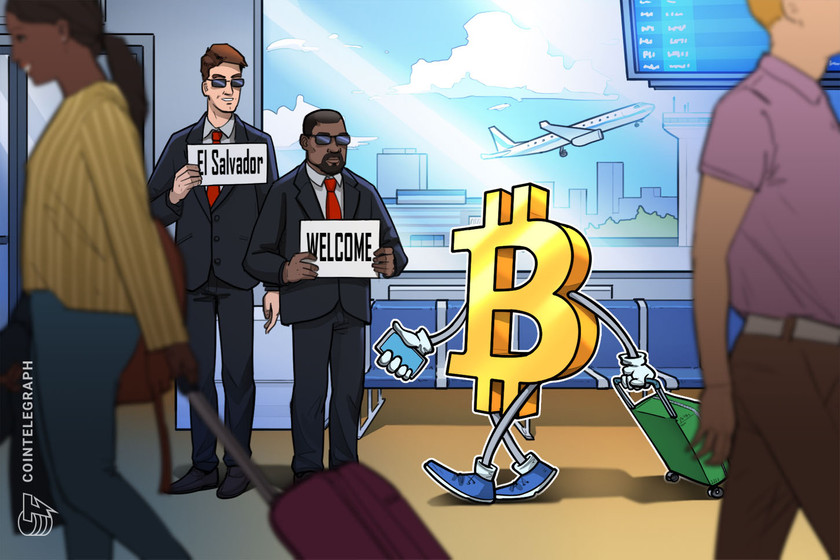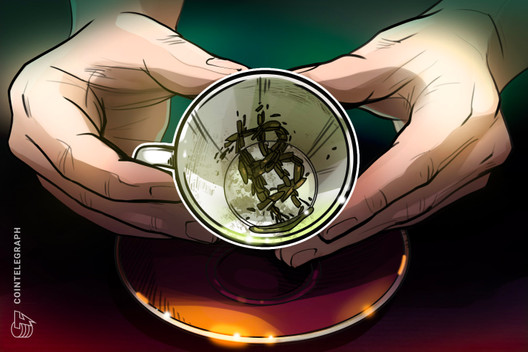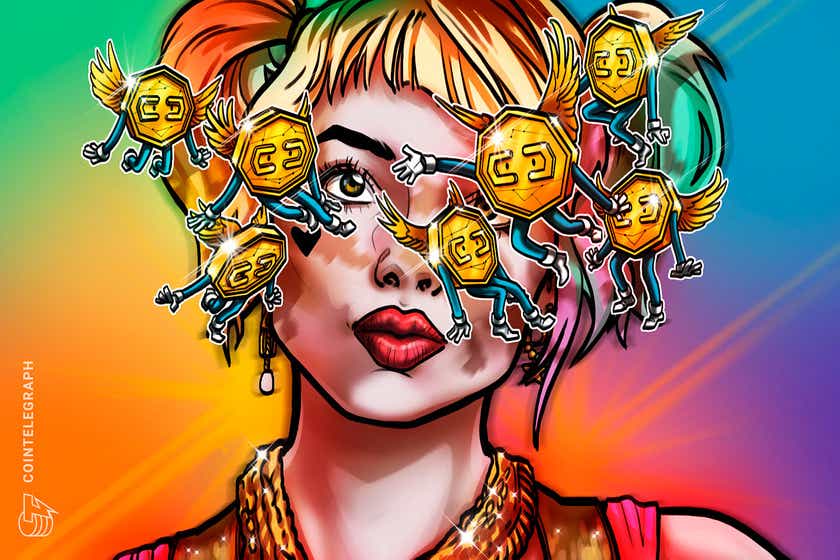Here’s Why Exchanges Haven’t Integrated Bitcoin’s Lightning Network
The Lightning Network has been live for a few years now, but Bitcoin exchanges still haven’t joined the party — at least for the most part. Bitfinex is the most notable exception to the rule, as they added Lightning Network in December of last year.
During her appearance at the Kraken Block Drop VR Halving Party on Sunday, Lightning Labs CEO Elizabeth Stark shed some light on why the vast majority of exchanges haven’t implemented this method of paying faster, cheaper Bitcoin transfers.
“When Bitfinex launched [Lightning support] in December that was, to me, a really exciting step,” said Stark. “It was the first major exchange. There has [also] been a variety of smaller exchanges that have launched with Lightning support, and they were really blazing the trail.”
Exchanges Need Larger Transaction Capacity
According to Stark, the basic problem with the Lightning Network when it comes to adoption by exchanges comes down to the channel and transaction limits that have been placed on the layer-two payments network in its early days for security reasons.
“This, to me, is key to the exchange adoption part because if you can only have $1,500 per channel, it turns out that’s not a ton regarding exchanges,” said Stark. “But there’s a balance that needs to happen, of course. We don’t want people to have massive channels while Lightning is still in its relatively early days.”
Even Purse, which allows consumers to gain discounts on their Amazon shopping when they pay in Bitcoin, recently cited the relatively low limit on how much money can be sent over the Lightning Network as a reason they haven’t decided to support it yet.
Wumbo Channels Fix This
An increase in the default capacity of Lightning Network nodes will eventually be made available through an improvement known as Wumbo channels. The feature’s name is based on a reference to an episode of SpongeBob SquarePants where Patrick uses the word “wumbo” to mean very large.
With Wumbo channels enabled, users of LND, which is the Lightning implementation maintained by Lightning Labs, will be able to remove the past limitations on how much Bitcoin they can hold and send via their Lightning Network node. According to Stark, the opt-in nature of this functionality is important to make sure the average user doesn’t accidentally open an extremely large channel or send a jumbo-sized payment over Lightning.
While Wumbo channels aren’t currently available in LND, that hasn’t stopped some users from enabling the feature on their own. Additionally, the feature has already been added to at least one other implementation of Lightning node software. Channel limits are not a consensus-based rule, which means, in reality, users are able to choose their own limits with a little bit of extra work.
“Welcome to Bitcoin,” said Stark. “You can’t tell people what to do.”
According to Stark, Lightning Labs hopes to have Wumbo support added to an official LND release later this year, but Bitcoin companies Bitfinex, Bitrefill, and Fold have already activated Wumbo channels on their nodes:
“Wumbo can be turned on [in LND] at any time. It’s trivial from a code standpoint . . . But we want to be security minded. We want to be in a place where we are comfortable with people not [losing money].”
In September, a critical vulnerability in Lightning implementations that could lead to loss of user funds was revealed.
According to Stark, a number of different exchanges, such as Bitstamp, are currently experimenting with the Lightning Network by running their own nodes.
“That’s something where people can kind of, you know, before doing the full-fledged deposits and withdrawals, they can kind of jump in, check out the tech, engage with the community, and all that,” said Stark.









